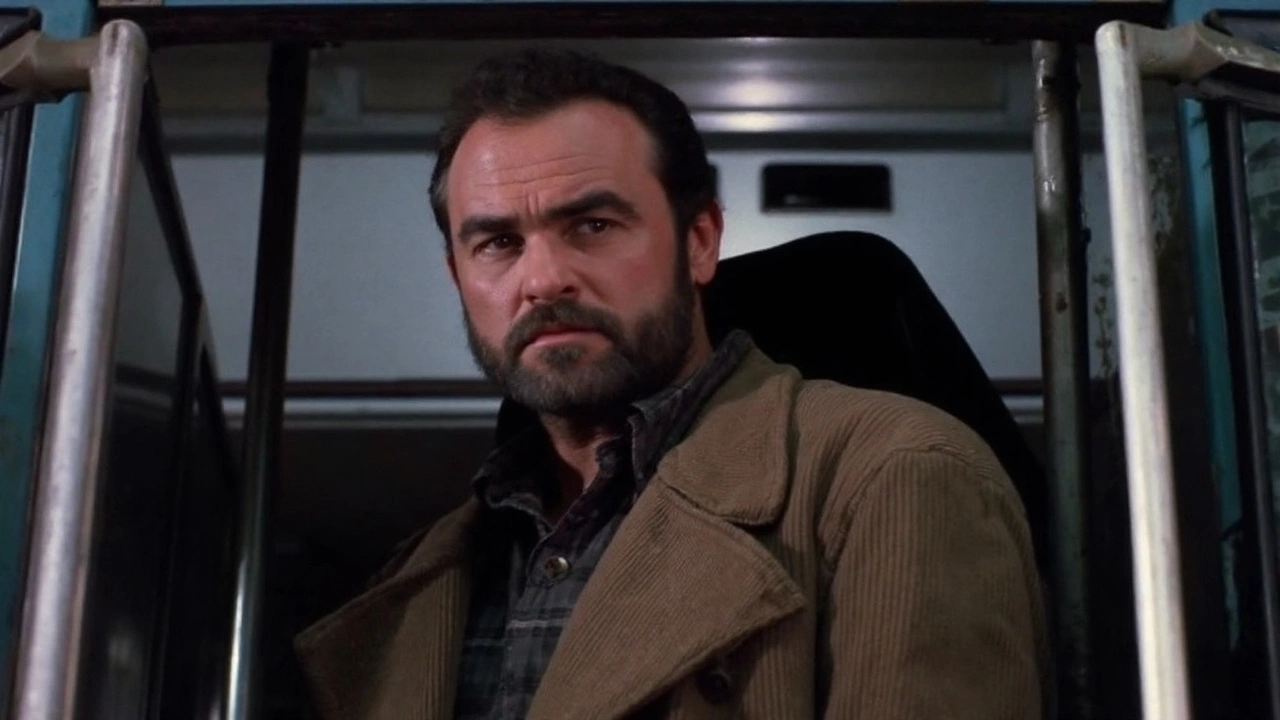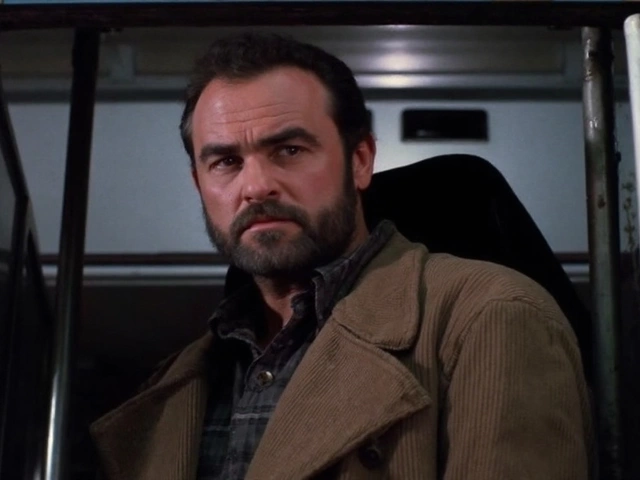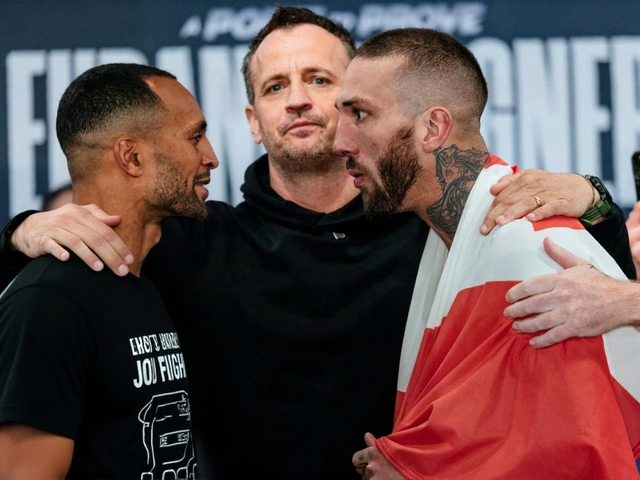Burt Reynolds Movies Ranked: The 10 Most Action-Packed Films

Here’s a wild stat: for five straight years, Burt Reynolds was the top box-office draw in America. The secret wasn’t just the mustache or the laugh. It was speed, grit, and outrageous stunts—often done by Burt himself. When you talk about Burt Reynolds movies, you’re talking roaring engines, bruised knuckles, and a star who could wink his way through danger without losing the edge.
He helped define the 1970s and early 80s action wave, teaming up with stunt legend Hal Needham, directing some of his own films, and grounding the chaos with charm. This ranking zeroes in on his most action-heavy work—movies that live or die by the set pieces, the physical stakes, and the sheer adrenaline on screen.
The Ranking: 10 Most Action-Packed Burt Reynolds Films
- 10) 'Heat' (1986) — A Vegas enforcer with a soft spot tries to stay out of trouble and fails spectacularly. Looser and moodier than most on this list, it still delivers sharp, close-quarters fights and crisp tension. Based on William Goldman’s novel, it lets Reynolds lean into a weary, world-beaten kind of toughness.
- 9) 'Malone' (1987) — Call it small-town siege mode. Reynolds plays a burned-out ex-operative who tangles with a corrupt power broker. Think ambushes, shotguns, and roadside standoffs—clean, economical action with a stoic hero who keeps getting back up.
- 8) 'Gator' (1976) — Reynolds’ directing debut and the sequel to 'White Lightning'. The swamp-set chases—airboats, backroads, and night raids—carry a sweaty, tactile energy. The action’s rough-and-tumble, and Reynolds shoots it like a guy who knows exactly how it feels to hit the dirt.
- 7) 'The Cannonball Run' (1981) — Pure road-race mayhem. It’s a stunt circus stacked with stars, but the action is the real headliner: pileups, high-speed gags, and relentless motion. Not the grittiest film here, but absolutely one of the most kinetic.
- 6) 'The Longest Yard' (1974) — A prison football movie might not read as “action,” but the crunch of bodies says otherwise. The scrimmage scenes are bruising, full-contact filmmaking. Reynolds’ swagger as the disgraced QB gives the hits weight and the stakes bite.
- 5) 'Hooper' (1978) — A love letter to stunt work, made by people who lived it. The big set piece—a rocket-powered leap as a bridge collapses—feels insane even decades later. Reynolds and director Hal Needham turn the action into show-and-tell: here’s how it hurts, and why we can’t stop chasing it.
- 4) 'Deliverance' (1972) — The most harrowing film on this list. It’s less about chases and more about survival, but the physical risk is constant and raw. Reynolds’ alpha-outdoorsman meets a wilderness that doesn’t care who you are. Every scrape feels earned, every decision dangerous.
- 3) 'White Lightning' (1973) — The moonshine-runner thriller that cemented Reynolds as a chase-movie icon. Boat blasts, muddy backroads, and County vs. Outlaw energy—this is the template many tried to copy. The action is fast but grounded, like the cars and the stakes could both snap at any moment.
- 2) 'Sharky’s Machine' (1981) — Gritty cop noir with precision-engineered set pieces. The rooftop free-fall—performed by stunt legend Dar Robinson—set records and still shocks. Reynolds directs with sharp angles and hard edges, letting the gunfights and foot chases feel sudden and mean.
- 1) 'Smokey and the Bandit' (1977) — The king of cool car movies. It’s wall-to-wall velocity, from the first gear shift to the last county line. The Trans Am jumps, the convoy sequence, the dance with Sheriff Buford T. Justice—it’s controlled chaos, and it made 1977 audiences cheer loud enough to finish second only to 'Star Wars' at the box office.
Why 'Deliverance' Lands at No. 4
John Boorman’s 'Deliverance' hits like a cold rush of river water. It starts as a weekend canoe trip—four men, one river, quick escape from the city—and turns into a fight for survival that strips away every layer of bravado. Released on July 30, 1972, and running 1 hour 49 minutes, it pairs Reynolds with Jon Voight and Ned Beatty, then traps them in a wilderness that swallows plans for breakfast.
Reynolds plays Lewis Medlock, the confident outdoorsman who believes grit and skill can bend nature. The film breaks that illusion. When violence erupts, Lewis’ competence matters, but it doesn’t guarantee safety. The movie’s action doesn’t come from spectacle; it comes from risk—boulder-scraping rapids, a snapped bone, a snap decision in the woods. You feel the stakes in your stomach.
The cultural shock was real. Audiences weren’t ready for the film’s intensity, its matter-of-fact brutality, or the way it forces the city-versus-wilderness clash into moral gray. 'Deliverance' didn’t sell its thrills with a wink. It sold them with fear and consequence. The infamous “Dueling Banjos” moment charms, then haunts—a friendly rhythm that foreshadows a place you don’t understand and can’t control.
Reynolds’ performance is key. Lewis is the guy who shows up prepared, who believes he can muscle through the worst day. Watching him confront limits—of body, plan, will—adds a human torque to every turn of the river. Reynolds did his own dangerous canoe stunt and got hurt doing it, the kind of commitment that leaks onto the screen. You don’t see a star posing; you see a man fighting to keep options alive.
The Academy took notice. The film earned three Oscar nominations, including Best Picture, and accelerated Reynolds’ climb to stardom. It also widened his lane. Yes, he became the master of car-chase swagger later, but 'Deliverance' showed he could carry heavy dramatic weight without slowing the pace. That balance—physical presence with emotional depth—shaped the action persona he rode for the next decade.
Themes that action cinema still chews on are right there: where toughness ends, what survival costs, how far good men go when the map disappears. There are no bullet ballets or comic quips. Just rapids, rocks, a bow, a body, and choices that won’t wash off. In a list full of engines and explosions, 'Deliverance' earns its high rank by turning raw physical danger into a pulse that doesn’t fade when the credits roll.
Stack it against the rest of the list and the through-line is clear. Reynolds always sold the physicality—cranking the wheel in 'Smokey', leaping impossible gaps in 'Hooper', stalking shadows in 'Sharky’s Machine'. But it’s 'Deliverance' that strips the persona to muscle and instinct. That’s why it sits at No. 4: less noise, more nerve, and a lasting punch.
One more thing about the spread of this list. The action takes different shapes: road-race chaos ('The Cannonball Run'), backwoods justice ('White Lightning', 'Gator'), siege tension ('Malone'), bruiser brawls ('Heat'), and sports warfare ('The Longest Yard'). Different flavors, same magnetism. Reynolds didn’t just do the stunts—he made them feel like the natural language of his characters.
If you’re building a watchlist, start with 'Smokey and the Bandit' for the rush, 'Sharky’s Machine' for the edge, 'White Lightning' for the grit, and 'Deliverance' when you want the action to matter. That mix gives you the full engine: charm, danger, and a star who knew how to turn speed into story.






